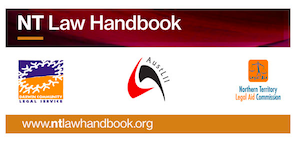-- JonathanMo - 14 Sep 2015
What exclusive rights does a registered design owner have?
The design owner has a number of exclusive rights in applying the design to any product for which it is registered. These rights are treated in the same way as rights in personal property. They include:- the sole right to use and exploit that design by applying it to the product for which it is registered
- the sole right to license others to use and exploit that design, including charging fees for its use or allowing it to be used for a limited period under agreed conditions
- the right to assign, or assign in part, the design ownership to some other person or company
- the right to bring infringement proceedings against another person who applies the design (or fraudulently or obviously imitates the design) without the design owner's licence or permission
- the right to sue anyone who imports into Australia, for sale or business purposes, any unauthorised product to which the design (or any fraudulent or obvious imitation) has been applied
- the right to sue anyone selling any product infringing the exclusive design rights (or any fraudulent or obvious imitation) whether that product was made in Australia or imported.
Duration of protection
Registered designs are initially protected for a period of five years from the date of filing the application for registration. The registration, and therefore the protection, may be renewed for a further five years. There is no provision for protection after the renewal [DA s. 46]. Registration is Australia wide, encompassing both products manufactured and sold in Australia and products manufactured overseas and imported into Australia. However, it does not extend protection to registered designs that have been exported overseas. Like all forms of personal property, the design can be licensed or transferred to another party. Protection will be maintained provided that the transfer of ownership or licence is also registered. Copyright © by the contributing authors. All material on this collaboration platform is the property of the contributing authors.
Copyright © by the contributing authors. All material on this collaboration platform is the property of the contributing authors. Ideas, requests, problems regarding AustLII Communities? Send feedback
This website is using cookies. More info.
That's Fine

